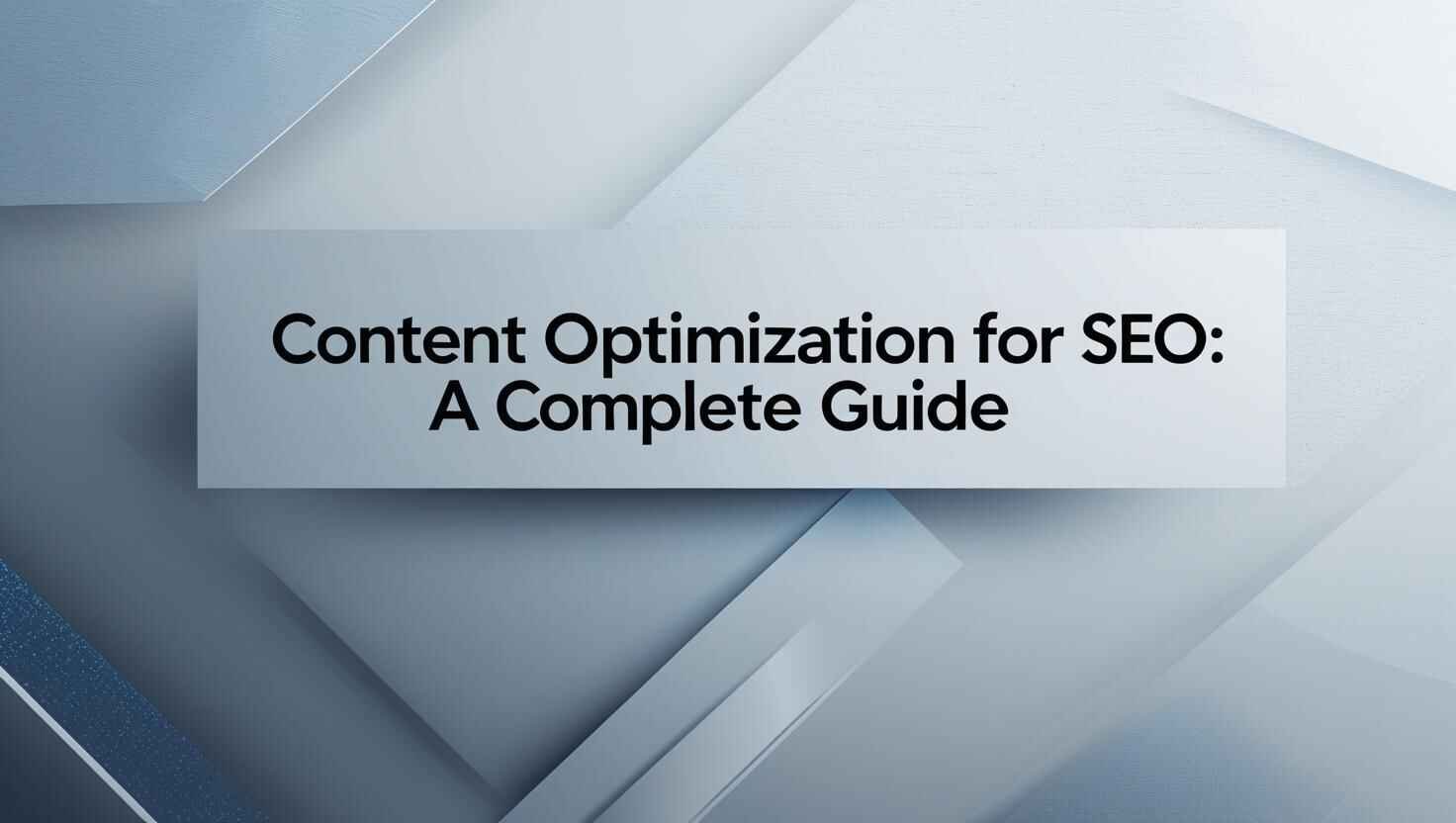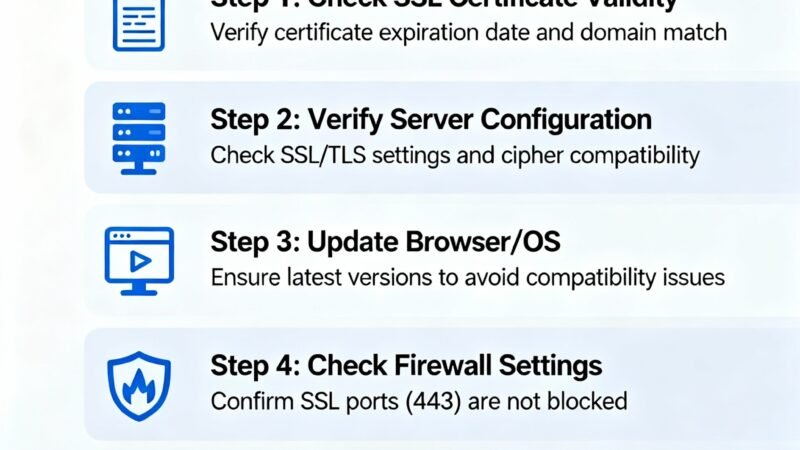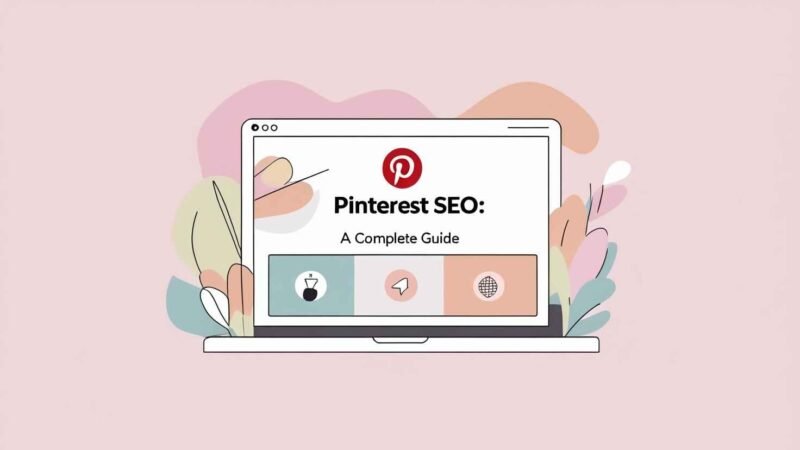Content Optimization for SEO: A Complete Guide

Learn how to create viral content that drives search traffic, shows up in top SERP, and truly connects with your audience.
In today’s fast growing digital landscape, producing high-quality and helpful content for reader is more important than ever. But let’s face it few things are more frustrating than pouring your energy into a blog post or guide that no one ever sees, or publishing low-value content that really disappoint to readers.
To truly stand out in the top leading market, you need to strike the right balance: Content Optimization for both traditional search engines and generative AI, while making content that offer real value to your audience.
This comprehensive guide will will help you to walk you through the key steps to achieving that balance—100% ensuring your content ranks well, is surfaced by large language models, and resonates with readers.
Follow the latest search engines; AI and user need to create content that they really love.
Align Your Content Strategy With SEO Goals:
The base of search engine optimization content writing start with a balanced content strategy. Content marketing and search engine optimization should be two sides of the same coin complementary, not competing.
When planning for that, evaluate how your content can:
- Always keep in mind to solve a specific user problem.
- Be found with easily through user search queries at SERPs.
- Fit naturally within your overall content ecosystem.
It’s a great method to make your content memorable and want to viral is to apply the “Made to Stick Success model”:
- Simple – Clear and easy words for better understanding.
- Unexpected – Includes surprising elements in the main body of the content.
- Concrete – Uses specific facts, reality base case studies and examples.
- Credible – Cites reliable sources.
- Emotional – Always connects with the reader’s feelings.
- Stories – Tells a compelling narrative.
This formula helps create “sticky” content that leaves a lasting impression while fulfilling SEO objectives.
Data-Driven Content Research:
SEO content optimization starts with understanding what is your audience searching for, their purpose and why. This is mandatory before you even write the first word.
Key Elements of Research:
- In-Depth SEO Keyword Research: Uncover high user search intent, relevant LSI and secondary keywords that can boost your strategy. Focus on the long-tail keywords for better alignment with user intent and ranking.
- User Search Intent Analysis: Are your audience is looking to buy something, learn for latest updates, or compare? Your content should match their search purpose.
- Audience Research: Discover user personas, their needs, pain points, and journey stages.
- Entity Research: Identify related topics, build topical authority, make your content semantically and terms to build contextual relevance.
- Content Gap Analysis: See what your competitors are covering that you are missing.
- Google’s Helpful Content Guidelines: Always align your content with latest Google helpful content updates and policies.
Need help? Try content optimization services from German based digital marketing agency.
Human + AI: Best of Both Worlds
While AI tools can speedy the search engine optimization content writing process, the best and realistic base results come from a hybrid approach. Here’s how to do it right:
- Personalize and Humanize: Use personal narrative and unique insights to make AI-generated content relatable.
- Fact-check Everything: Always verify facts and figures; irrelevant content can hurt your credibility.
- Review for Repetition: Most of the time when write content with AI, keyword stuffing is confirms. Make sure the keyword density under 2.5%
- Add Emotional Appeal: AI write content without emotions, must inject human emotions.
- Include Unique Data: Clearly differentiate your quality content with original research or opinions.
This result in SEO optimized content that appeal to both search algorithms and human readers.
Write Clear, Accessible, and Readable Content:
Whether it’s a product description for ecommerce content optimization or a long-form blog post for readers, readability is key.
- Use Simple Language: Avoid jargon and write for clarity for readers ease.
- Structure Properly: Use H1,H2,…H6 heading tags, bullet points, and numbered lists.
- Proofread Thoroughly: Fix spelling and grammar mistakes destroy trust.
- Optimize Meta Elements: Create compelling meta titles and meta descriptions.
- Keep Content Updated: Review and refresh outdated content data regularly.
Well-structured, easy-to-read content not only helps readers but also improves crawlability and indexing for search engines.
Smart Keyword and Entity Usage:
Using research base SEO keywords effectively is at the heart of seo optimized content. But more importantly thing is, it’s about context and meaning.
Do:
- Use your primary keywords naturally in the heading tags and in the body of content.
- Must add synonyms and match variants to avoid from keyword stuffing.
- Include related LSI terms and semantic keywords.
- Mention prominent key entities associated with your topic.
For instance, when creating content about “How to write search engine optimized content,” you might also include terms like SEO writing techniques, on-page SEO optimization, and keyword mapping.
Demonstrate E-E-A-T (Experience, Expertise, Authoritativeness, Trustworthiness):
Search engines increasingly value content optimization that highlights real expertise and trustworthiness.
Boost E-E-A-T by:
- Try to adding author bios with qualifications.
- Including as a personal or a freelance or brand experiences.
- Creating comprehensive, detailed guides.
- Link with credible sources.
- Using transparent and easy language and citing original sources.
For ecommerce content optimization, show your primary experience by including product usage examples or verified user reviews.
Enrich Content with Multimedia:
Optimizing video content based on data is a must in today’s multimedia-rich landscape. Search engines prefer to rank multimedia content higher for certain queries.
Add these elements where relevant:
- Custom images: Avoid overused stock photos and compress their size in KBs.
- Infographics: This is an ideal for educational based content.
- Video content: Especially effective for “how-to” and product demonstrations.
- Audio clips: Can enhance storytelling and brand identity.
How to optimize TikTok content?
- Use trending base audios.
- Optimize video captions with relevant and trendy keywords.
- Post publishes during high-engagement hours.
- Add values, education or entertainment.
- Add website link in the bio of video or add at the profile.
Content as Part of a Bigger Picture:
Each page should contribute to a broader optimized content marketing strategy.
Consider:
- Internal linking: Connect with related blog posts, service pages, or product descriptions.
- External linking: Cite original, trustworthy sources.
- Backlink potential: Include original stats, unique insights, or visuals.
- Share ability: Add sharing buttons at bottom and create content worth sharing.
Think for the long-term goals. This is how search engine optimized content becomes an asset that builds authority and earns trust over time.
Address Technical SEO for Content:
Even most of the well-written content can’t perform if technical side aspects aren’t addressed directly.
Ensure:
- Fast page loading speed and can check via Google best recommended tool Page Speed Insights and also you can use GTMatrix and Pingdom.
- Mobile responsiveness and clean formatting.
- Inclusion in your XML sitemap.
- SEO-friendly URLs with primary keyword usage.
- Proper schema markup including FAQs
- Optimize Core Web Vitals.
Technical optimization is crucial for content visibility and ranking performance.
Regularly Review and Re-optimize:
Just create content and set properly and forgot for the long term. Instead, create a regular habit of reviewing content performance and refreshing it based on the latest user search queries and Tool base keywords data.
When to review:
- After industry or new Google algorithm updates.
- Quarterly or annually based on your niche.
- After inside business changes when new services added.
- When Google analytics show traffic or engagement drop down.
Using content optimization services from individual freelancer or from agency or platforms like Google Search Console(GSC), Ahrefs, or Semrush can make this process more efficient and easy for you.
Why Content Quality Matters?
With the flood of low-effort, AI-generated content online, SEO optimized content that’s actually helpful stands out. Quality of content is your brand’s voice, it builds trust in the eyes of audience and in the market, drives organic traffic, and positions you as a thought leader.
Great content will:
- Rank higher in both traditional and AI-powered base search.
- Be shareable with related community and link-worthy.
- Convert users and move them through the funnel.
- Build long-term brand credibility organically and authority.
- Be seen across platforms like voice search, TikTok, Google, and more.
How to Optimize Content for Voice Search?
- Use conversational keywords and long-tail keywords.
- Give the Answer concisely to specific questions.
- Add FAQs with natural language answers.
- Optimize for local search for GMB when applicable.
- Focus on mobile-first and fast-loading content.






